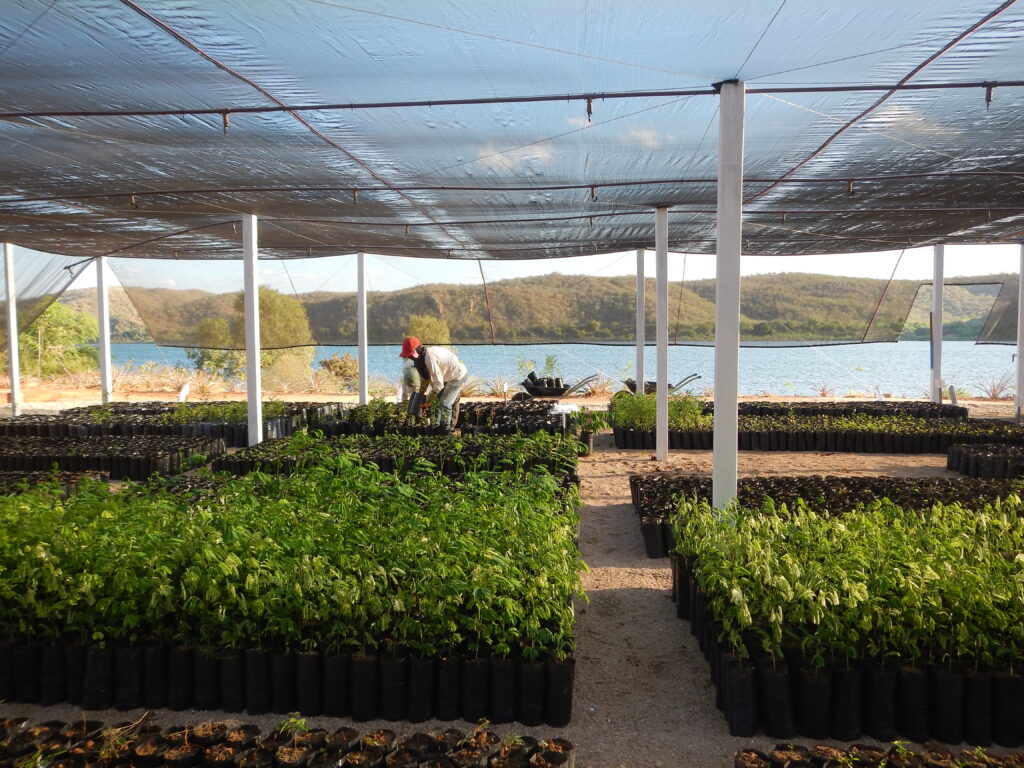
The Mato da Onça Reserve is a private conservation unit, created in 2014 with the aim of urgently conserving the flora and fauna of the caatinga (a semi-arid biome exclusive to Brazil with only 2% of its protected area) in Baixo São Francisco. The general objective is to preserve the DNA of the flora of the caatinga (in a critical situation of deforestation and desertification), by enriching it and creating a matrix bank, to tackle the climate crisis. The beneficiary population is approximately 200,000 people in the vicinity of the semi-arid region in which the reserve is located. In the reserve, innovative processes have been created to recover the caatinga, which show their success thanks to the vigorous development of the planted species and the constant return of a fauna hitherto considered extinct in the region.
The Canoa de Tolda Society, founded in 1998 along the São Francisco River, is a 100% Brazilian, non-profit organization. It's independent of politics or special interests and focuses on the human and environmental rights of local communities. Their members are volunteers, and they rely on donations and public grants for funding. Their name, "Canoa de Tolda," represents the traditional boat of this region, symbolizing the river without dams.
The project has reintroduced over a 100 plant species and documented more than 90 species of birds, along with dozens of mammal and herpetofauna species previously considered extinct in the region.